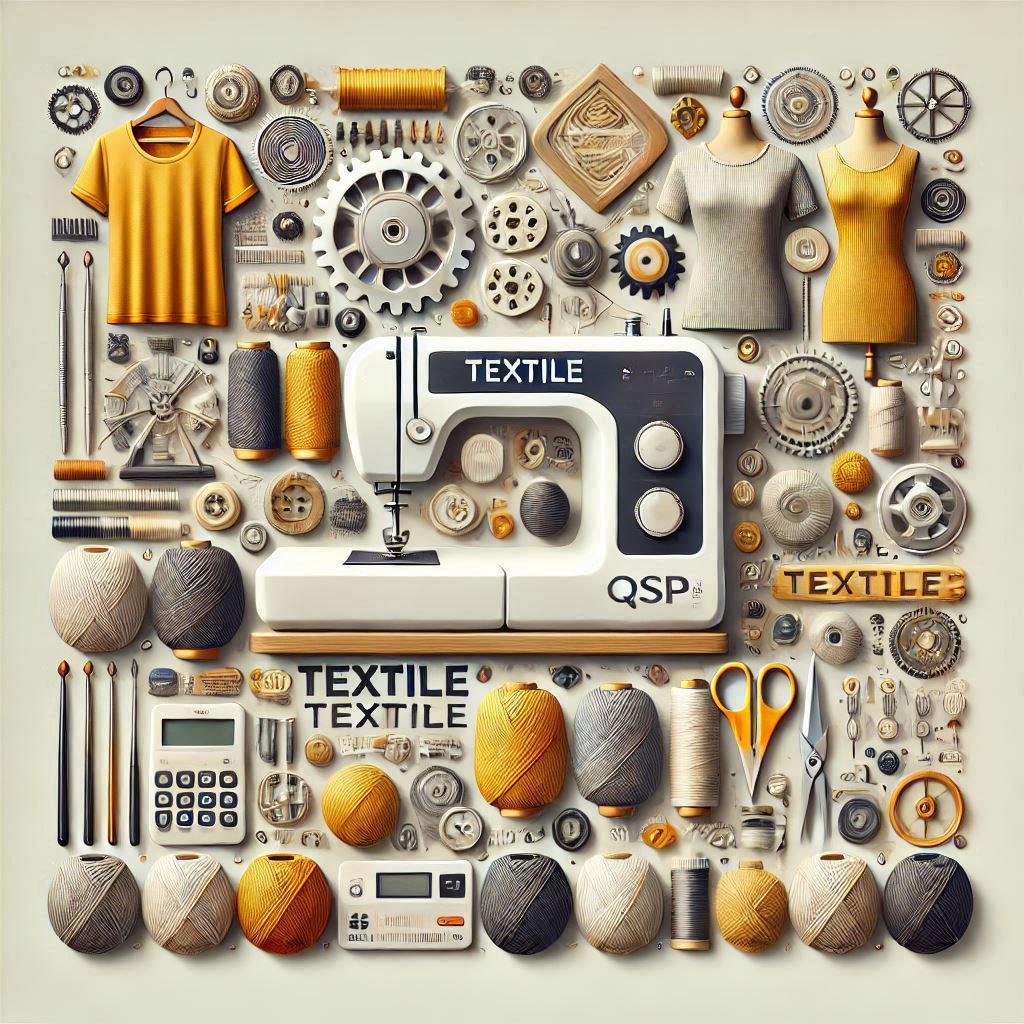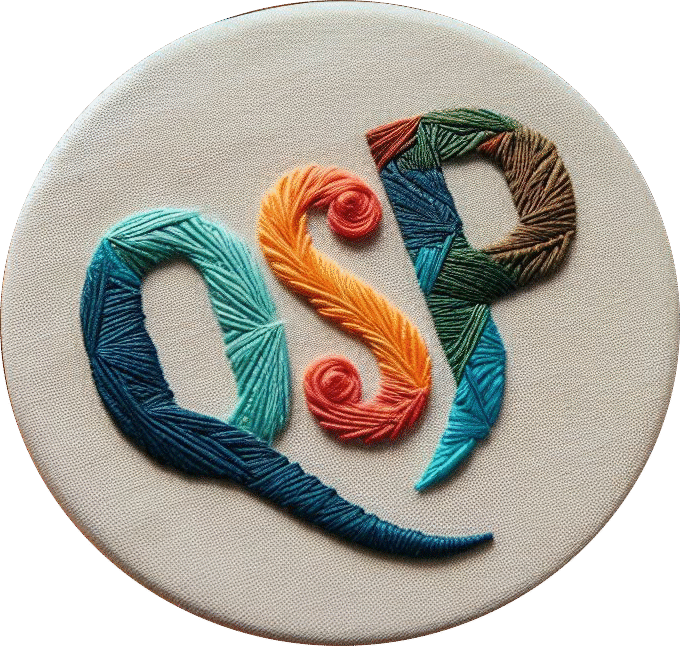China’s Legacy in the Textile Industry 🧵
China has been the heart of textile innovation for centuries, shaping the global industry through its cultural heritage and trade routes. The legendary Silk Road 🛤️ not only transformed fashion 👗 but also connected civilizations through textiles. Today, China continues to make a difference with textile innovation through advancements in premium quality 🏆, sustainability 🌱, and efficiency .
China and Its Impact on the Textile Industry
The Birthplace of Silk 🐛➡️🧶
Over 4,000 years ago, China perfected the art of silk production, making it one of the world’s most coveted luxury fabrics 👑. Today, it remains the leading producer, combining tradition with technological advancements 🤖. This commitment to premium quality remains in silk production, with constant textile innovation 🚀. Sustainability 🌍 and efficiency 🔄 are present in the production processes, using new technologies that foster a greener future 🌿.
The Birth of Global Textile Trade 🌍📦
The Silk Road was much more than just a trade corridor; it represented a bridge between cultures 🌉, facilitating the exchange of goods 💎, knowledge 📜, and traditions 🏯. Spanning over 8,000 kilometers, this vast network of routes connected China with Europe 🇪🇺, passing through Central Asia 🏜️, Persia 🇮🇷, and the Arab world 🕌.
Chinese textiles, especially silk 🧣, were considered a luxury item 🎩 in the Roman Empire 🏛️, Byzantium 🏰, and later in medieval European kingdoms 🏯. This high demand drove the development of new weaving 🧶 and dyeing techniques 🎨 in the territories along the route, leaving a lasting mark 🏆 on the global textile industry. China’s textile innovation 💡 is reflected in these processes, now incorporating methods of sustainability 🌱 and efficiency ⚡.
The Impact of the Silk Road Was Not Limited to Trade 🚂
It also facilitated cultural and technological exchange 🔄 between East 🏮 and West 🏰. Through this route, the Chinese adopted foreign techniques 🏺, such as Persian wool weaving 🐑, while Europe and the Middle East incorporated refined embroidery 🧵✨ and the use of geometric 📐 and floral patterns 🌸 in their textiles.
With the expansion of Chinese dynasties 🏯 and the influence of the Silk Road, silk ceased to be China’s exclusive secret and began to be produced in other regions, although it never matched the premium quality 🥇 of the original Chinese fabric. Today, China continues to stand out for its textile innovation 🏗️ and production methods that integrate sustainability 🌱 and efficiency ⚡.
Cultural Influence on Fashion 👘
Chinese textile patterns, such as dragon motifs 🐉, detailed embroidery 🧵, and luxurious brocades 💎, continue to inspire contemporary fashion 🌟 and haute couture. Additionally, advances in natural dyes 🎨 and super-energy CO₂ ⚡ allow these products to maintain a link with tradition 🏯 while aligning with values of sustainability 🌿 and efficiency 🔄.
Innovation and Sustainability Today 🌍🚀
China is leading textile innovation 🧪 with a sustainable approach ♻️, adopting organic sericulture 🐛, biotechnology 🧬 for lab-grown silk, and waterless dyeing 🌊❌ through super-energy CO₂ ⚡ and natural dyes 🎨. It has also implemented closed-loop water recycling circuits 🔄💧 and promotes a circular economy 🔁, reusing textile waste to create new fibers 🧵.
Artificial intelligence and automation 🏭 further optimize production, reducing waste 🚯 and improving sustainability 🌱 and efficiency ⚙️. With these initiatives, China not only preserves its legacy 📜 in the textile industry but also drives a more ethical 🤝, eco-friendly 🌍, and technologically advanced 🏗️ fashion industry, constantly improving the premium quality 🏆 of its products.
Tradition and Innovation in Every Thread 🏯➡️🤖
At QSP Textile, we integrate the best of Chinese textile heritage 🧵 with cutting-edge technology 🚀. We collaborate with the finest manufacturers 🏭 in China to ensure premium quality 🥇, sustainability 🌿, and efficiency ⚡ in every fiber. Additionally, we employ natural dyes 🎨 and advance super-energy CO₂ methods 🔬 to achieve a perfect balance ⚖️ between tradition 🏯, textile innovation 💡, and sustainability 🌱.


Deja una respuesta